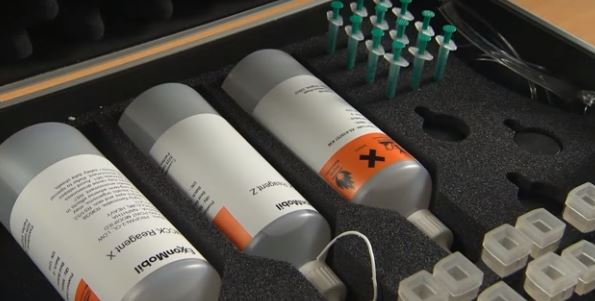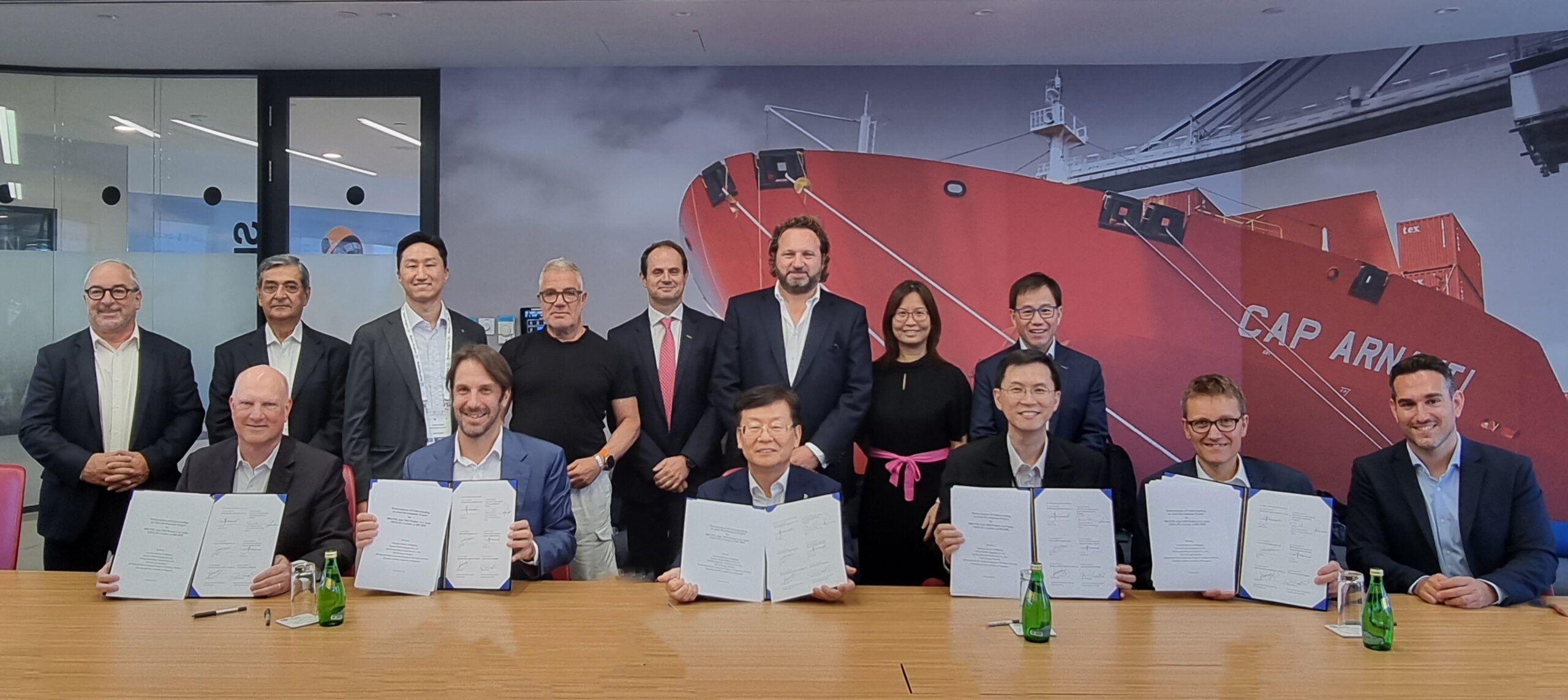50% of vessels are operating at feed rates that are not optimal, leaving shipowners and operators at risk to engine problems associated with cat fines and cold corrosion.
In a study of 400,000 oil samples, ExxonMobil found that 50% of engines were not operating at optimised feed rates, while 43% showed signs of catastrophic cat fines issues, and 15% indicated cold corrosion.
These figures highlight the potential engine problems shipowners will face if they continue to operate with less than optimised feed rates, according to Iain White, ExxonMobil Marine’s Global Marketing Manager.
The major problem is that owners and operators are just not aware of the risks associated with over and under lubrication oil feed rates, White tells fathom-news.
They are surprised when their engines function incorrectly, or at worst, become completely inoperable, because they have not monitored cylinder condition. White believes that owners and operators do not realise the seriousness of over or under lubricating their cylinders.

At the current time ExxonMobil has around 400 engines monitored on its Cylinder Condition Monitoring programme, a low number for the population of slow speed engines that should be monitored. White attributes this to a lack of awareness in the industry and a lack of recognition for the problems that not optimising feed rates can cause.
There is no indication at all that there is a problem until either the engine stop functioning correctly, or the results of the monitoring tests show, White reveals. This is why it is so important to monitor but yet shipowners and operators still do not see the reason to do so.
Fathom-News
editor@fathom-mi.com
































